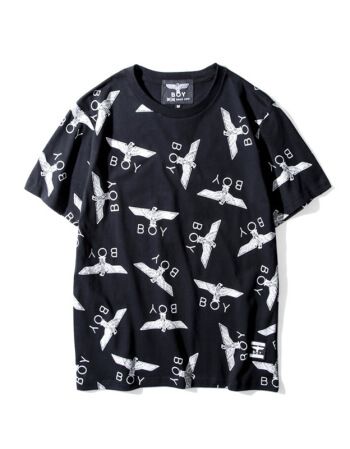Purchasing fabrics that suit you is an important decision. Here is a fabric purchasing guide to help beginners quickly understand how to choose fabrics that suit them:
1. Understand the common types of fabrics:
– Cotton: comfortable, breathable, and hygroscopic, suitable for summer and daily wear.
– Linen: cool, wear-resistant, breathable, suitable for summer and casual styles.
– Silk: Smooth, soft, elegant, suitable for light, close-fitting clothing.
– Woolen: warm and elastic, suitable for autumn and winter.
– Wool: Good warmth retention, suitable for making coats and winter clothing.
– Polyester: Easy care, wrinkle-resistant, durable, suitable for sportswear and casual wear.
– Nylon: Tough and wear-resistant, suitable for sportswear and outdoor clothing.
2. Understand the properties of fabrics:
– Breathability: The breathability of fabrics affects comfort. Choose the breathability suitable for the season. .
– Hygroscopicity: Cotton and linen fabrics have good hygroscopicity and are suitable for hot seasons.
– Elasticity: Choosing fabrics with a certain amount of elasticity can provide better comfort and fit.
– Wear resistance: Consider the durability of the fabric, especially for clothing that is worn frequently or is susceptible to wear and tear.
3. Pay attention to the quality of the fabric:
– Feel: touch the fabric in person and feel its texture to see if it is comfortable and soft.
– Density: Higher linear density usually represents better quality.
– Fabric weight: Choose light or heavy fabrics as needed.
– Color fastness: Confirm whether the color of the fabric is easy to fade.
4. Choose according to use:
– Daily clothing: comfort, breathability, and durability are key considerations.
– Sportswear: Choose fabrics that are hygroscopic, breathable and wear-resistant.
– Interior decoration: Choose fabrics suitable for home decoration according to style and texture.
– Special purposes: For special needs such as waterproofing and sun protection, corresponding functional fabrics must be selected.
5. Refer to professional advice:
– If you know less about fabrics, you can consult professionals, such as clothing store clerks, designers designer or textile expert. They can give specific advice and recommendations.
6. Pay attention to personal preferences:
– Last point, remember to consider your own aesthetic preferences and dressing feelings, and choose what suits you fabric.
I hope the above fabric purchasing guide will be helpful to you! If you have additional questions, please feel free to ask.







